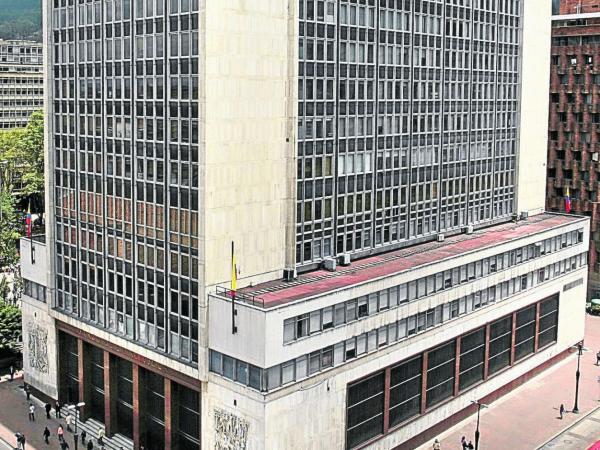The Central Bank of Chile surprised everyone on Wednesday of last week by raising the rate of its main intervention instrument from 4% to 5.5%, an increase of 150 basis points (bp). Two days later, Banco de la República also surprised with an increase of 100 bp, from 3% to 4%.
The main motivation in both decisions was the risks that are representing the sustained increase in inflation and your expectations.
(In context: Banco de la República surprised everyone with a rate hike of 3 to 4%).
As a particular fact, precisely the two countries are among those that are registering a more dynamic reactivation, for which reason analysts consider that although this recovery of the economy is important, the central banks leave the message that inflation is vital to prevent spirals of prices and worse damage to the productive apparatus.
And in the case of Colombia, as the Minister of Finance, José Manuel Restrepo, said, “despite the rise, the monetary policy rate is still negative and expansionary” so that entrepreneurs can continue to use credit and improve economic dynamics.
In the decision to raise 100 bp, the Banco de la República said that among other aspects were inflation data as of December 2021, expectations, the strong economic expansion close to 10% (for 2021) and 4.3% for this year, the deficit of 5.7% of GDP in the current account of the balance of payments in 2021 and the tightening of international financial conditions.
Yes, recovery will be affected, but it is like a medicine that tastes bad but has to be taken
But Wilson Tovar, Manager of Economic Research at Acciones & Valores, says that the board should have taken into account the IMF’s recommendation that it made to emerging countries that, faced with the harshest conditions of international financing, devaluations can become a constant and therefore it is necessary to shield the economies with a slightly higher interest rate.
And he adds that just as Chile did, “Other countries have also raised rates, so resources could go to those markets and we could lose competitiveness because of the liquidity that everyone needs.”.
(What’s more: Colombians outside the country generate a record in sending remittances).
For now, the sharp increase in the rate of the Colombian central bank “will not generate a brake”, as indicated by José Ignacio López, director of Economic Research at Corficolombiana, “but yes, at some point in 6 to 8 months the transmission will be complete and that will send a normalization message”.
However, it does draw attention to the increase in “uncertainty due to the electoral context and investments, which are the ones that can be stopped the most.”
And he also warns of the fact that it will be presented with “the double coincidence of that electoral uncertainty, plus the increase in rates.”
For Andrés Langebaek, executive director of Economic Research of the Bolívar Davivienda Group, with the decision of the Banco de la República on Friday, yes, “will affect the recovery process, but in this case it is like a medicine that tastes bad but that it is necessary to take because if the adjustment is not made, the damage will be greater later. It had to be done and it is going to reduce growth somewhat, but in addition, the large rate of imports makes the current account deficit rise and that is why the economy must be cooled down so that said deficit is not exaggerated”.
ECLAC asked the central banks of the continent not to use only the interest rate as a mechanism to control inflation.
private file
The analyst draws attention to the bad effect generated by the salary increase minimum because it induces an impact on the costs in the formal market.
Notwithstanding some comments about how high the monetary policy adjustment was, as stated by the president of Andi, Bruce Mac Master, who said that “it looks too drastic for an economy that is trying to recover and a country for which reactivation and job creation have to be high on its agenda”, others mention how the Colombian central bank maintains ample liquidity for the development of the economy.
(Keep reading: This is how the rise in rates of the Banco de la República affects your pocket).
For Ana Vera, chief economist at Inon Capital, the most forceful message from the bank is that will seek price stability Well, if there is a sustained increase in prices, that is going to affect businessmen and people.
In addition, he assured, that the figure has been above the consensus is a strong message that he is with everything to seek for the economy to return to the path of low prices.
He pointed out that the Bank of the Republic does not talk about withdrawing loans of last resort that have been open since April 2020, when the pandemic began “and that is a clear support for the economy.”
“If we were the only central bank raising rates by that magnitude, it could be said that it hits the recovery, but it is a global phenomenon and also if the economy is not done it can be affected by outflows of capital,” he says.
BRIEFCASE








